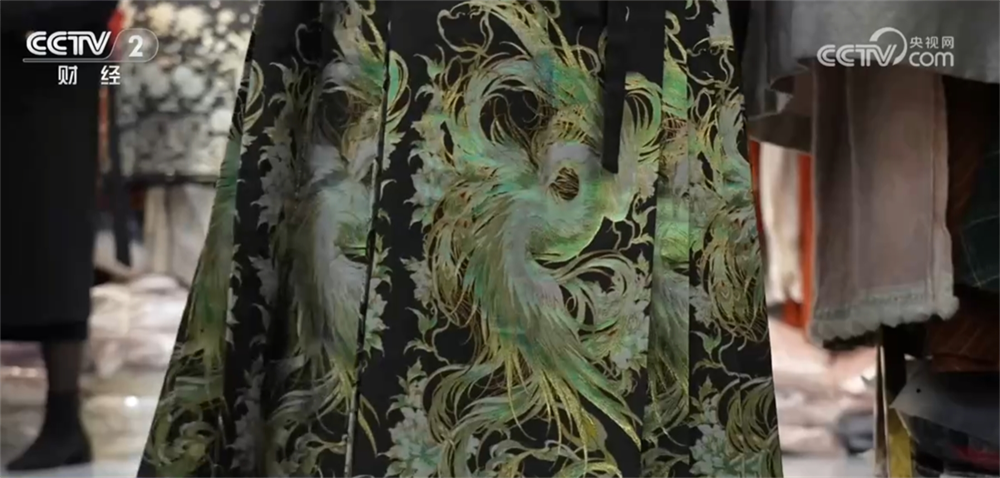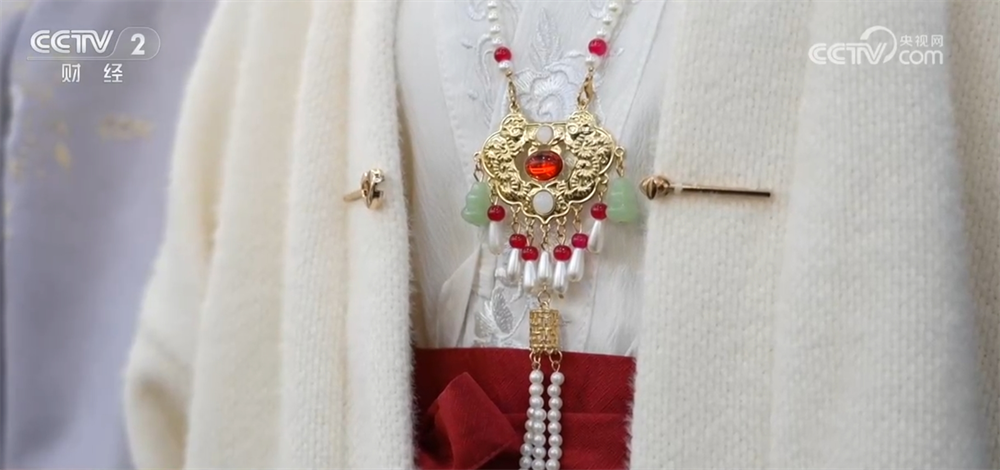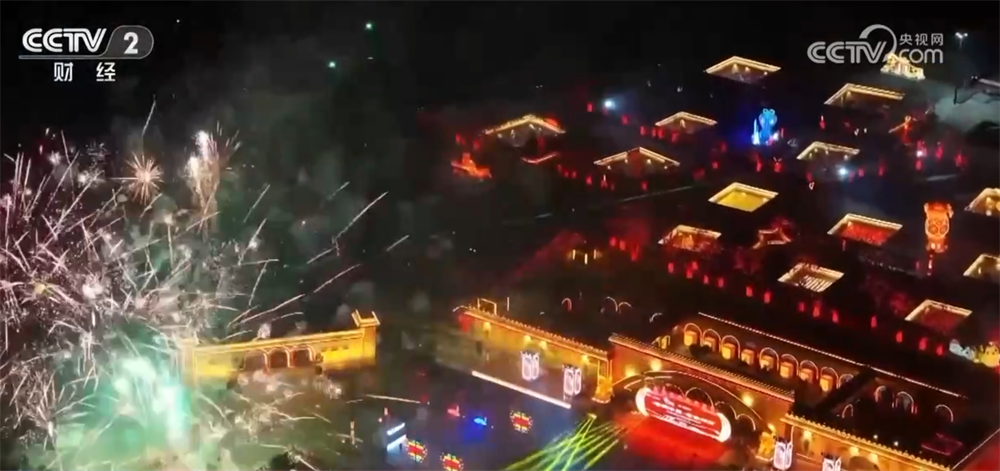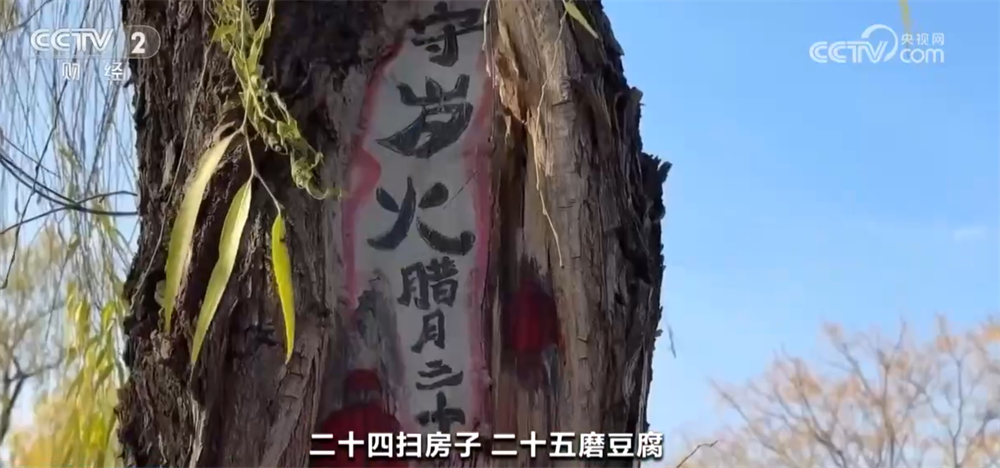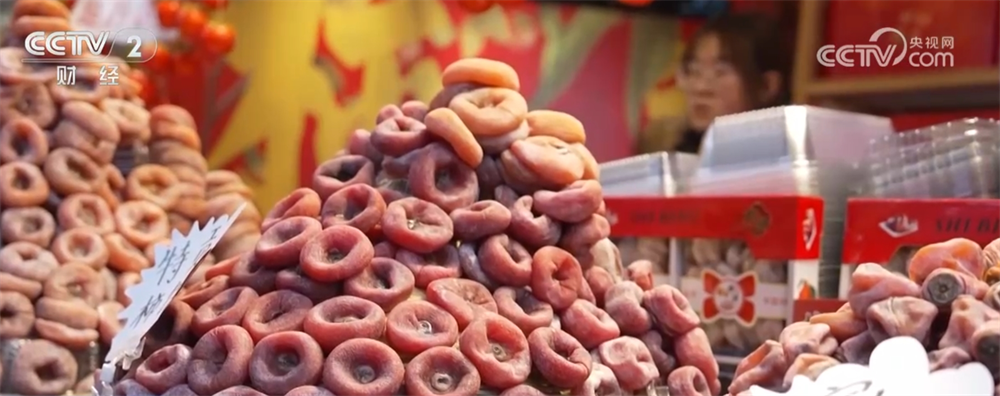The hype that "the first stage agreement of Sino-US trade is not implemented effectively" is too low-level.
Recently, many American media reported that according to the first-stage trade agreement between China and the United States, China should purchase 173.1 billion US dollars of agriculture, manufacturing, energy and other related products in 2020, but in fact China only imported 100 billion US dollars of the above products. Therefore, the US and Western media have been speculating that "China has failed to fulfill its agreement commitments", which seems to put pressure on Biden’s government and expect Sino-US economic and trade relations to be turbulent again.
But the fact is that, taking the latest statistics of the US Department of Commerce as an example, in the first three quarters of 2020, US goods exports amounted to 1.049 trillion US dollars. Compared with the export scale of $1.24 trillion in the first three quarters of 2019, it declined by 15.44%. During this period, US exports to Europe, Japan and Canada declined by 14.35%, 13.10% and 15.94% respectively.
However, in the first three quarters of 2020, US exports of goods to China reached US$ 81.509 billion, a year-on-year increase of 2.23%.
In the context of the global economic recession and the spread of the epidemic, the total export volume of American goods to China has risen against the trend, and it is a certain event to maintain positive growth throughout the year. This means that China is a positive force to pull the United States out of the quagmire of economic recession, not an enemy and opponent to push the United States into the abyss. However, American public opinion has once again been blind and biased, ignoring objective factors, deliberately amplifying the implementation of the agreement and deliberately ignoring the positive development of Sino-US economic and trade relations.
More importantly, China has always made firm efforts to implement the first phase agreement. The implementation dilemma in 2020 is caused by dual factors.
On the one hand, the global epidemic has brought severe challenges to the implementation of the first phase of Sino-US economic and trade agreement. From the supply side, in 2020, the US economy will decline by 5% and 31.4% respectively in the first and second quarters, and the annual recession is inevitable. At present, the number of people infected by the epidemic in the United States exceeds 25.27 million, and the death rate exceeds 420,000. The haze of "economic blockade" brought by the epidemic has never been dispersed, which has restricted the production and supply capacity of the United States. From the demand side, China’s economy also suffered a severe impact due to the epidemic in early 2020, and the total demand was severely weakened. The epidemic hit both ends of supply and demand, which had a destructive impact on the implementation of the agreement throughout the year. Wright Heze, a former US trade representative, also said that when considering the implementation of the agreement in China, it would be quite unfair if the epidemic did not occur.
On the other hand, the high tariffs imposed by China and the United States have increased the difficulty of implementing the agreement in reality. Although the first stage of Sino-US economic and trade agreement has entered the stage of implementation, and the Sino-US trade war is "truce", the United States still maintains a 25% tariff on products worth $250 billion in China, and a 7.5% tariff on goods exceeding $100 billion. As a passive response, China also maintains a certain high tariff on American goods. To some extent, this has affected the competitiveness of American goods in the China market. After all, the final determinant of Sino-US economic and trade relations is the market.
In the past year, the major economies in the world were very difficult, but China took the lead in stabilizing its position, taking the lead in controlling the epidemic and taking the lead in economic rebound, playing the role of a major contributor to global economic growth. At the same time, it also made every effort to firmly implement the first-phase agreement and maintain close communication with the corresponding economic and trade departments of the United States. China has not only failed to activate the "Clause 7.6" in the first phase agreement between China and the United States (due to natural disasters or unpredictable and uncontrollable circumstances, one party cannot fulfill its promise in time, and both parties can renegotiate), but has increased the intensity and speed of implementing the agreement since the summer of 2020. At the same time, China has further increased its market access in the financial sector. At a time when western countries are "closing the gates and pulling the suspension bridge", China has once again fulfilled its solemn commitment to deepen reform and opening up.
China’s efforts and responsible actions have also created a good atmosphere for further economic and trade interaction between China and the United States after Biden took office. At present, China and the United States urgently need to move in the same direction from three aspects:
First, the United States should completely abandon the Trump administration’s protectionist and trade bullying thinking. What the United States needs to recognize is that the unresolved high tariffs are not Trump’s legacy and negotiating "weights" left to the new US government, but a "stumbling block" that hinders the further benign interaction between China and the United States. Only by completely abandoning tariff weapons can we accelerate the trade flow between China and the United States and enhance the competitiveness of American products in the China market, which is a win-win result.
Second, restore channels and mechanisms for multi-level economic and trade dialogue and exchange between China and the United States. By building a variety of dialogue platforms and increasing understanding and interaction, we can accumulate mutual trust and promote the sound development of Sino-US economic and trade relations.
Third, restart the follow-up economic and trade negotiations as soon as possible. A series of key issues, such as the follow-up objectives of the first-stage agreement, mutual tariff reduction, audit and supervision cooperation, will be re-evaluated and incorporated into the follow-up economic and trade negotiations between China and the United States to promote the revitalization of economic and trade relations between the two countries and establish a new course. (Editor: Guo Suping Le Shui)

